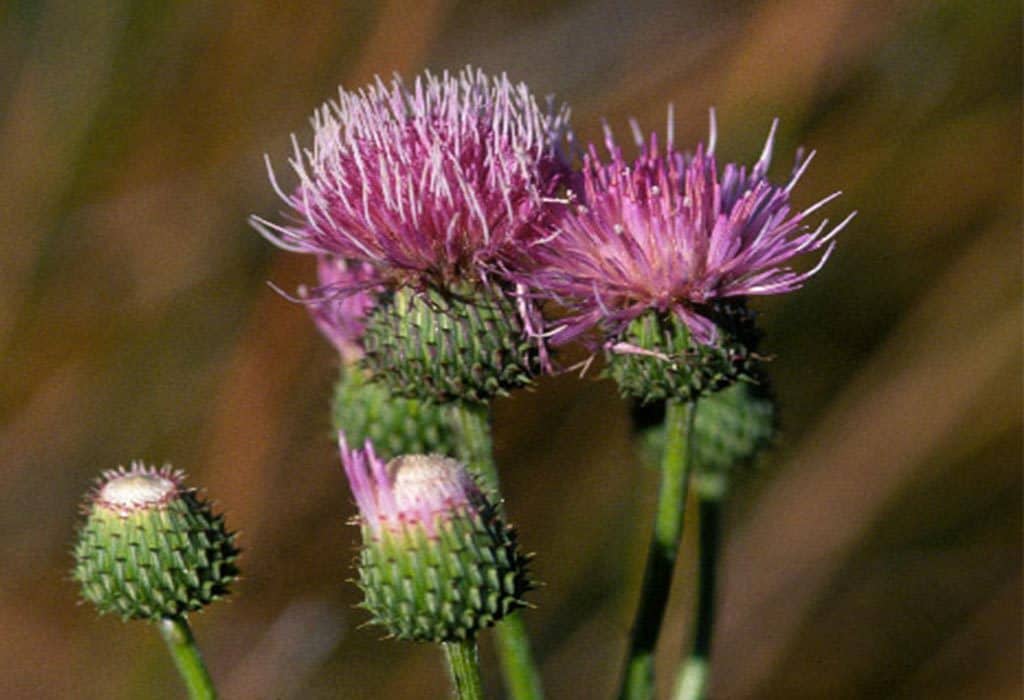Current work in wildlife, rivers, public lands, and climate
Press Releases
Two rare riparian plants receive Endangered Species Act protections
While charismatic fauna often receive the most attention in the ongoing extinction crisis, critical smaller animals, plants, and fungi are key to holding up functioning ecosystems. Protections for diminishing plant populations are just as important as those for more high-profile species.
The Wright’s marsh thistle, a member of the sunflower family, grows a single stalk up to eight feet tall and produces white or pink flowers in the late summer and fall. It typically grows in alkaline soils near seeps, springs, stream edges, and other marshy areas. Once found in Arizona, New Mexico, and Texas, as well as the Mexican states of Chihuahua and Sonora, most of these plants are now present in only eight locations in New Mexico, covering a total area of just 106 acres.
“We’re glad to see the Wright’s marsh thistle finally receive ESA protections,” said Joe Bushyhead, endangered species attorney with WildEarth Guardians. “Drought, water contamination, and grazing have pushed this plant to the brink. It’s high time for the Fish and Wildlife Service and land managers to provide the protections the species needs.”
The South Llano springs moss is an even rarer species, growing in just one known location: Seven Hundred Springs on the South Llano River, in central Texas. An aquatic moss, it grows in deep interwoven mats on submerged and partially submerged rocks in the travertine spring’s outflow (scientists hypothesize that the moss depends on these mineral-rich waters). This sole location measures just 33 feet by 328 feet in size.
“ESA listing helps ensure endemic species like the South Llano springs moss continue to exist in an altered and uncertain world,” said Bushyhead.
The Service listed the South Llano springs moss as “endangered,” meaning it is in danger of extinction throughout all or a significant portion of its range (the species has already been wiped out of its one other known location, located a few miles downstream of Seven Hundred Spring). The Wright’s marsh thistle is now listed as threatened, meaning the species will likely become endangered in the foreseeable future. The Service’s decision for the thistle also includes the designation of approximately 157 acres of critical habitat.

Wright’s marsh thistle (Cirsium wrightii). Photo by Robert Sivinski, New Mexico State Forestry Division.